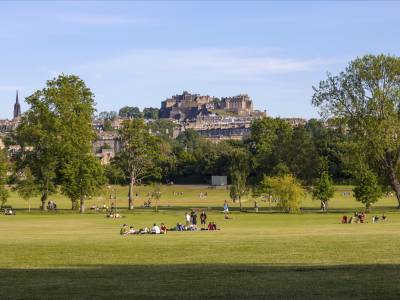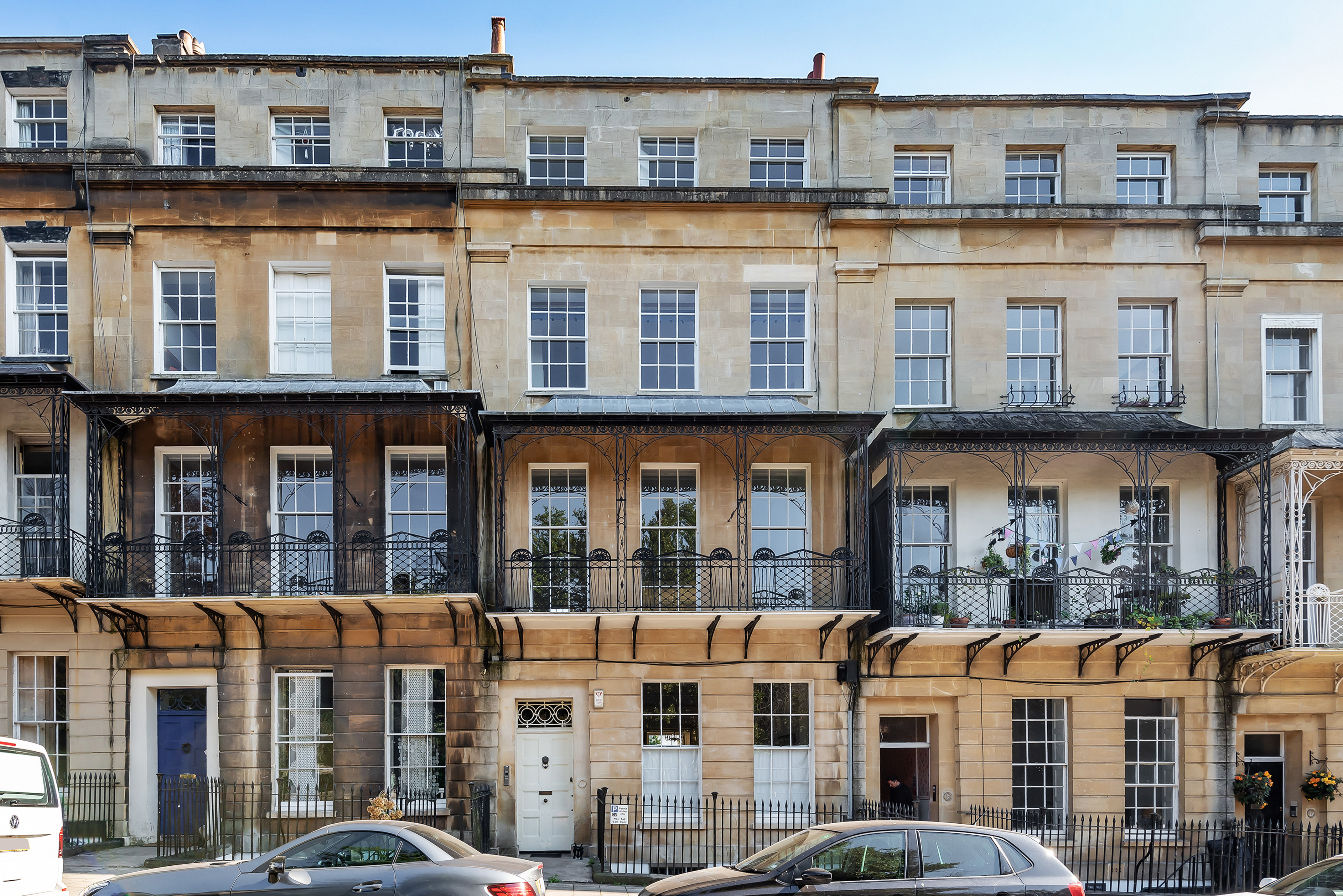Describing herself as a “committedly urban person”, boutique content agency director Kitty Finstad asserts she has “no desire to up sticks to the sticks. The countryside is fine for holidays and weekends, but cities are for living in.” Unlike many Londoners who sought solace in rural parts during the pandemic, sending house prices rocketing in areas such as the Cotswolds and Hampshire, Finstad and her husband, Nielsen Dinwoodie, ditched the capital to relocate to Edinburgh’s New Town. “It seems such a genteel contrast to where we lived in London. The air is cleaner, the pace of life is gentler and nothing seems more than a 15-minute walk away.”
Our recent race for space — seeking bigger homes with bigger gardens — “hasn’t always meant moving to the wilderness,” says Nick Chivers, a partner at Knight Frank estate agency. “The UK is full of vibrant and amenity-rich towns and cities that offer just as much in terms of entertainment, education and opportunity.”
According to Knight Frank’s 2021 Town & City Life publication, Edinburgh represents the greatest value for money, with an average price of £380 per sq ft, while, at the other end of the scale, Henley-on-Thames in Oxfordshire has an average price of £701 per sq ft. So where are the other hotspots for Londoners seeking a new lifestyle, but who aren’t ready to ditch the urban buzz for muddy wellies just yet?
Our recent race for space — seeking bigger homes with bigger gardens — “hasn’t always meant moving to the wilderness,” says Nick Chivers, a partner at Knight Frank estate agency. “The UK is full of vibrant and amenity-rich towns and cities that offer just as much in terms of entertainment, education and opportunity.”
According to Knight Frank’s 2021 Town & City Life publication, Edinburgh represents the greatest value for money, with an average price of £380 per sq ft, while, at the other end of the scale, Henley-on-Thames in Oxfordshire has an average price of £701 per sq ft. So where are the other hotspots for Londoners seeking a new lifestyle, but who aren’t ready to ditch the urban buzz for muddy wellies just yet?









